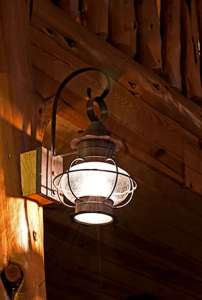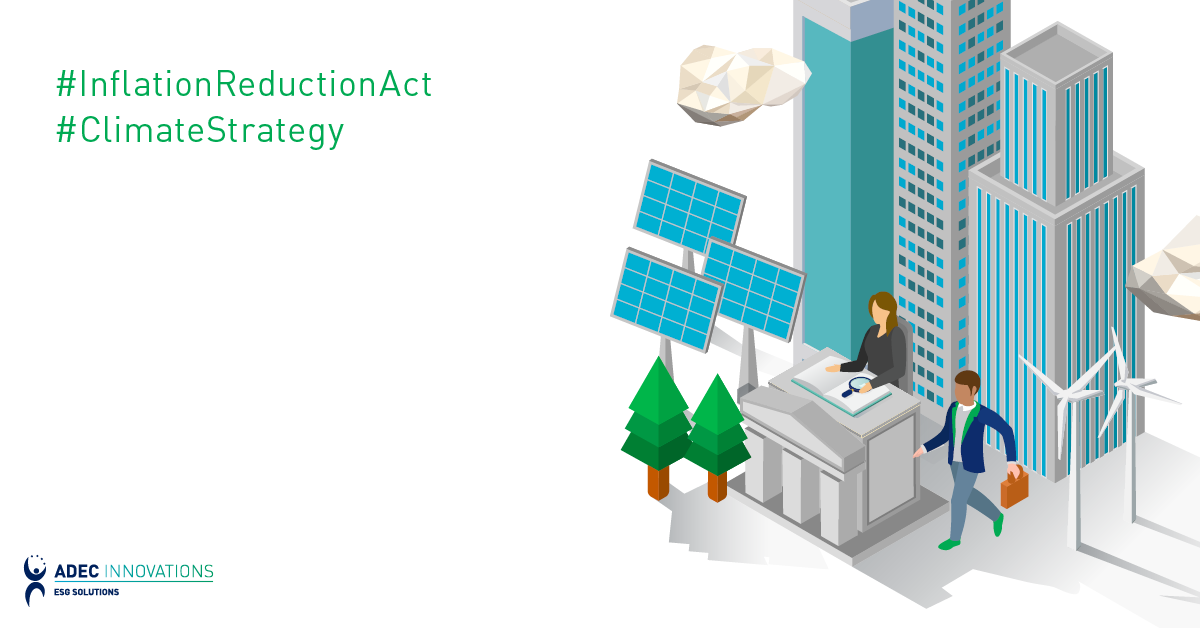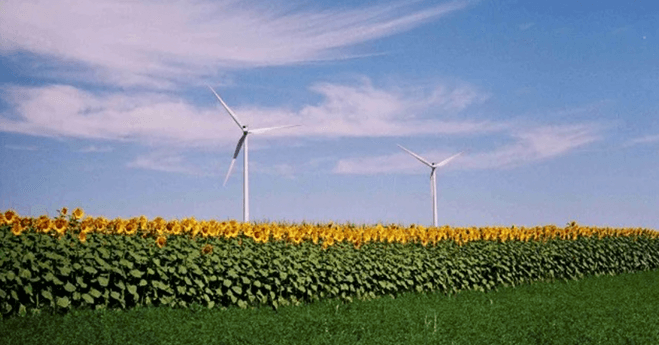On a cold January morning in 1848 alongside the American River in northern California, a worker pulled gold from a water conduit supplying the sawmill at Sutter’s Fort. In May of that same year, Sam Brennan, an enterprising San Francisco newspaperman and entrepreneur, strode through the city’s streets with a vile of gold – loudly proclaiming “Gold! Gold from the American River!” The gold rush was on and, as the old adage goes, the rest is history.
The California Green Rush
A new rush is underway in California, this time changing the color from gold to green. Implemented on January 1, 2011, the state adopted the nation’s first green building code, aptly named CalGreen. The code provides sustainable construction practices in the following categories:
- Planning and Design
- Energy Efficiency
- Water Efficiency and Conservation
- Building Material Conservation and Resource Efficiency
- Environmental Quality
My previous blog – Construction Material Life Cycle Assessment and Environmental Impacts – explored the impacts of construction material and green buildings. This blog examines CalGreen’s lighting requirements that reduce outdoor light pollution and increase energy efficiency for indoor and outdoor lighting. Due to CalGreen, the Backlight, Uplight, and Glare (BUG) system was developed. An additional benefit of the BUG system is the reduction of offsite “light trespass” onto adjacent properties.
Don’t Swat that BUG
CalGreen’s requirements for exterior lighting are based on the BUG system for exterior illumination. Generally, a photometric plan is prepared for the property that plots the building envelope, walkways, property lines, and locations and types of lighting fixtures. From there, calculations are performed to verify the amount of lumens (the unit of measurement to quantify the amount of light produced by a lighting fixture) is below the required threshold.
For example, using walkway lighting fixtures employing LED (Light Emitting Diode) technology results in approximately 60 percent energy savings over standard HID (High Intensity Discharge) lighting systems. Another benefit of the BUG system is the reduction in “light trespass” on adjacent properties.

Let the Natural Light Shine In
In addition to the BUG system for outdoor lighting, CalGreen also provides standards for interior lighting. In green building, natural light is favorable because it’s free. Okay, the windows cost money, but once they have been installed the natural light costs nothing and reduces the energy load on a building and associated energy costs. Once the availability of natural light has been estimated, then lighting calculations are made according to either a performance or prescriptive standard described in the California Building Energy Efficiency Standards that becomes part of the entire energy budget calculation for a building.
The California Energy Commission has estimated that interior lighting accounts for approximately 35 percent of a commercial building’s total electricity use. Installation of newer energy-efficient ballasts combined with energy efficient fluorescent lighting can reduce energy consumption by approximately 45 percent. Refer to the California Energy Commission’s study, Advanced Energy-Efficient Led Lighting for Residential and Commercial Applications, for a technical analysis on LED lighting.
Summary
With energy costs rising and regulations becoming more robust, the need to calculate energy costs is critical. Moreover, controlling costs can positively affect a building’s valuation.
First Carbon Solutions provides energy management solutions and 3-D lighting modeling solutions. Click the link below to see how lighting solutions can dovetail into overall energy management.





